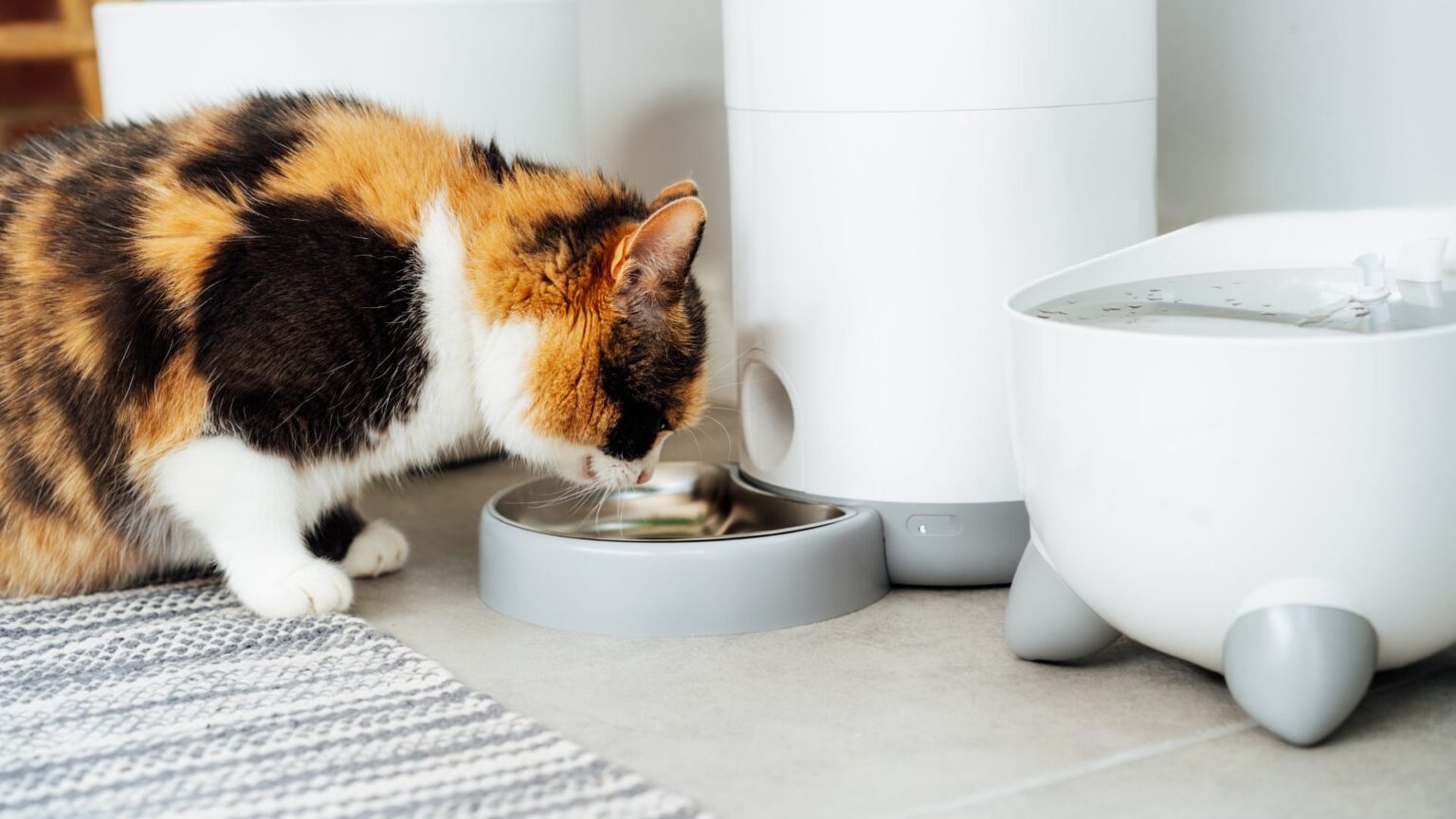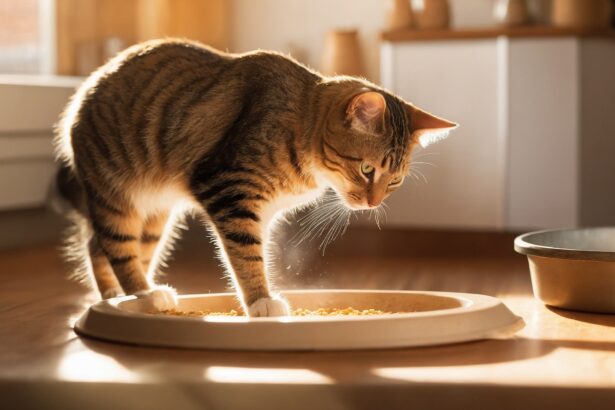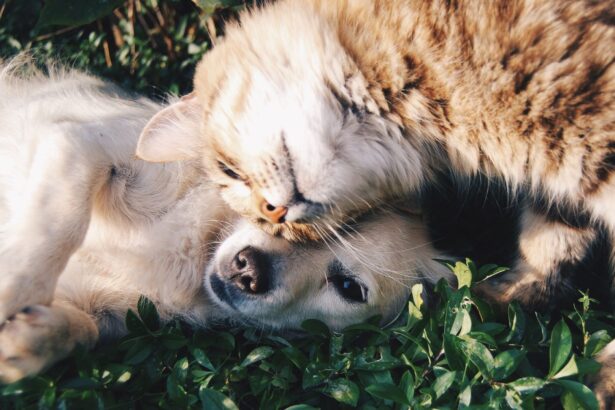You adore your whiskered roommate, but being away shouldn’t mean stomach rumbles or overeating. A cat food dispenser can take the pressure off, keep meals on time, and protect your feline’s waistline. Ready to find the one that truly fits your cat’s rhythm?
- Why use a cat food dispenser?
- How to choose the best feeder for your cat
- Capacity that matches your routine
- Build quality and anti-tip design
- Portion precision and kibble compatibility
- Power and backup
- Noise, bowl material, and hygiene
- Types of cat food dispensers
- Top 5 dispenser picks by need
- Best for budget
- Best for weight management
- Best for tech lovers
- Best for multi-cat homes
- Best for wet-food days
- Set-up, maintenance, and hygiene
- Troubleshooting common issues
- FAQ
Why use a cat food dispenser?
Automatic feeders deliver measured meals at set times, even when you’re not home. That means fewer dawn wake-up calls and more stable routines for both of you.
- Consistency: Meals arrive on schedule, supporting better digestion and calmer behavior.
- Portion control: Precise servings help prevent weight gain.
- Freedom: Enjoy a dinner out or a day trip without worry.
Surprising fact: Many cats prefer several mini-meals a day rather than two big ones—automatic feeders can mimic that natural pattern.
Curious about features that really matter? Explore a deeper breakdown of choosing the best cat food dispenser before you buy.
How to choose the best feeder for your cat
Capacity that matches your routine
Pick a hopper size that covers your planned absences without letting food sit for ages. Bigger isn’t always better—stale kibble is less tasty and can invite moisture.
Build quality and anti-tip design
Some cats are crafty. Look for solid bases, locking lids, and a design that won’t topple if your little bandit plots a midnight heist.
Portion precision and kibble compatibility
Check the dispenser’s minimum portion size and compatible kibble shapes. Pellets around 2–10 mm usually flow well; oversized or irregular shapes can jam.
Power and backup
Feeders with AC power and battery backup keep working during outages. It’s a small detail with big peace of mind.
Noise, bowl material, and hygiene
Quieter motors are kinder for skittish kitties. A stainless steel or ceramic bowl is easier to sanitize and may help reduce chin acne compared to plastic.
Common mistake to avoid: Filling a huge hopper “just in case.” Kibble can go stale and lose aroma. Instead, refill little and often for freshness and to tempt picky eaters.
Balancing dispenser features with your cat’s nutrition matters, too—see what cats should really eat to support healthy portions.
Types of cat food dispensers
- Gravity feeders: Simple and silent; food drops as the bowl empties. No portion control, so they suit disciplined grazers only.
- Programmable feeders: Set exact times and portions. Ideal for weight control and routine.
- Smart Wi‑Fi feeders: App control, meal logs, and alerts. Great for monitoring, especially if you travel or work late.
- Microchip/RFID feeders: Open for the right cat’s tag—perfect for multi-cat homes or special diets.
- Wet-food compatible: Sealed trays with ice packs for short windows; best when you’re nearby to refresh and clean.
Need broader feeding advice to pair with your dispenser routine? Here are our friendly tips for feeding your cat by age and lifestyle.
Top 5 dispenser picks by need
Best for budget
- Why: Reliable timing and simple programming without extras.
- Look for: 4–6 meals/day, clear portion sizes, easy-clean bowl.
Best for weight management
- Why: Precise, tiny portions and multiple small meals to prevent gobbling.
- Look for: 1–10 g increments, slow-feed options, sturdy lid lock.
Best for tech lovers
- Why: App scheduling, meal history, and low-food alerts for stress-free oversight.
- Look for: AC + battery backup, jam detection, stainless bowl.
Best for multi-cat homes
- Why: Ensure the right cat gets the right food.
- Look for: Microchip/RFID access, quiet door, removable bowl for each pet.
Best for wet-food days
- Why: Occasional fresh meals with cooling support.
- Look for: Ice-pack trays, tight seals, dishwasher-safe inserts.
If your kitty scratches around the dish after eating, it’s normal nesting behavior—peek at why cats scratch around their food bowls to decode the ritual.
Set-up, maintenance, and hygiene
Regular cleaning routine
Wash the bowl and chute parts weekly using warm, soapy water. Rinse well and dry thoroughly to prevent residue and odors.
- Wipe the hopper and lid with a damp cloth.
- Avoid harsh chemicals near food-contact surfaces.
- Check seals and gaskets so crumbs don’t sneak in.
Refilling and storage
Keep kibble in an airtight container away from heat and light. Refill small batches for freshness, and rotate stock by date.
Pro tip: Place the feeder on a silicone mat and add felt pads under its base to reduce vibration noise and bowl “ting‑ting.” If your cat is a serial tipper, wedge the feeder between two heavy planters or a wall and a weighted tray.
Getting your cat comfortable
Start by feeding near the new device, bowl-only. Introduce the dispenser’s sounds at low volumes, then schedule one small meal while you’re home.
Do a 48-hour rehearsal before relying on it: listen for jams, test portions, and tweak timing.
Another mistake to avoid: Relying solely on Wi‑Fi control without battery backup. Power cuts or router hiccups can skip meals—backup batteries save the day.
Troubleshooting common issues
- Jams: Switch to smaller, uniform kibble and reduce portion size. Clean the chute more often.
- Food theft: Choose locking lids and anti-tip bases; consider microchip feeders in multi-cat homes.
- Stale smells: Clean weekly, store kibble airtight, and keep the feeder away from humidity.
Above all, the feeder is a tool, not a replacement for care. Pop in daily when possible, and pair it with smart nutrition and lots of cuddles.
FAQ
Are cat food dispensers safe to use overnight?
Yes, when maintained and set up correctly. Choose AC + battery backup, test portions, and keep the bowl clean for stress‑free nights.
How many meals should I schedule per day?
Many cats do well with 3–6 small meals. If your kitty tends to overeat, smaller, more frequent portions can help.
Can automatic feeders handle wet food?
Only specific models with sealed trays and ice packs. They’re best for short windows and require prompt cleaning.
How long can I leave my cat with a feeder?
For short trips, a healthy cat can be fine for 24–48 hours if water, litter, and checks are arranged. Daily supervision is always ideal.







